
The growth rate of service consumption has exceeded the growth rate of goods consumption in the first six months of 2025 - Photo: TTD
Many experts believe that it is necessary to exploit growth drivers more effectively, from exports, public investment, foreign-invested enterprises (FDI), and credit, while strengthening the domestic foundation, which still has many obstacles.
* Mr. NGUYEN XUAN THANH (Fulbright University Vietnam):
Public investment leads growth

With a growth rate of 7.52% in the first half of the year, many people expect the growth rate to be maintained or even higher in the second half of the year. However, the reality may not be so optimistic despite the growth drivers such as public investment, credit and expectations for the private sector.
Exports, which were a key driver in the first half of the year, are showing signs of slowing as global growth continues to weaken and tariff-related risks remain.
External demand has slowed down, while domestic demand has not really recovered strongly, making the possibility of growth in the second half of the year being lower than the first half a very likely scenario.
Regarding fiscal and monetary policies, the Government continues to operate in a growth-supporting direction. This is demonstrated through the orientation of fiscal expansion and maintaining flexible monetary policies.
Pressure to disburse public investment will continue to increase, good projects will continue to be prioritized for capital. In the context that this is the final year of the term, expectations for clear economic boosts are placed on the shoulders of the executive agency.
Credit is one of the important growth drivers for the economy in the remaining period of 2025. It is forecasted that credit growth for the whole year of 2025 may reach about 19 - 19.5%, higher than the initial target of 16%. However, the interest rate level is still a big question mark. Among these factors are the policy developments of the US Federal Reserve (Fed).
If the Fed cuts interest rates as expected (twice between now and the end of the year), the State Bank of Vietnam has room to consider adjustments. However, the goal of protecting the value of the dong also has certain limits.
Therefore, the State Bank will not rush to lower the operating interest rate further, but will choose to "selectively adjust" to support lending interest rates in some sectors, while keeping the ceiling on deposit interest rates unchanged to stabilize the exchange rate.
* Mr. HUYNH HOANG PHUONG (independent analyst, asset management consultant at FIDT):
Boost domestic consumption

To contribute to the growth target of 8.3 - 8.5%, total consumption of goods and services needs to increase by over 13% in 2025. Meanwhile, the first 6-month figures show an increase of only about 8 - 9%, indicating that there is still a large gap to fill in the second half of the year.
To effectively stimulate consumption, two important pillars need to be addressed in parallel. The first is to promote the wealth effect, which means creating clear investment channels to encourage spending.
This requires positive changes in the real estate market, capital market and start-up activities.
The second is to improve people's real purchasing power through policies on taxes, wages and social security.
The Ministry of Finance has recently proposed to increase the family deduction in personal income tax. Not only will this policy help increase purchasing power in the short term, it will also contribute to improving income distribution, thereby supporting sustainable consumption growth.
In addition, the role of public investment as a traditional but essential tool to stimulate consumption and create a foundation for growth. From international experience, most countries in the economic recovery period must increase investment in infrastructure, logistics, transportation and energy, combined with social income regulation policies.
The key to growth will lie in the ability to deploy quickly, with the right focus and scale to create a spillover effect to the private sector, thereby stimulating consumption and investment across the economy.
* Mr. LE TU QUOC HUNG (Head of Market Strategy Department at Rong Viet Securities - VDSC):
Maintain growth with flexible monetary policy

Vietnam is still pursuing a stimulus policy to boost economic growth, focusing on ensuring flexible and controlled monetary policy. This is closely monitored by the State Bank, aiming to keep inflation within the allowable threshold, thereby supporting sustainable growth.
Current liquidity conditions have changed significantly compared to the period 2020 - 2021. At that time, many central banks around the world simultaneously implemented easing policies, causing excess money in the market. The market at that time was considered to be flooded with cheap liquidity.
On the contrary, at present, liquidity still exists, but the effect of the reduction of operating interest rates in Vietnam mainly helps to improve capital turnover, not creating a state of "too much money" as before. In other words, the market is in a stable state of liquidity, but not excess, a factor that can support growth without causing immediate inflation risks.
Future fiscal and monetary changes need to be cautious and have a clear roadmap, rather than sudden shocks. This reflects a consistent management stance, aiming to maintain macroeconomic stability while still supporting growth.
Don't forget the role of small and medium enterprises
According to stock analysis department SSI Research, unlike the fragmented recovery period in 2024, this year's growth momentum is more comprehensive, as both industrial production and domestic consumption accelerate simultaneously.
One of the policy highlights is Resolution 68 on the development of the private economic sector, which affirms that private enterprises are one of the most important driving forces of economic growth. In particular, this resolution introduces an approach to the public-private partnership (PPP) model in the form of mixed governance, such as: public investment - private management, private investment - public use, in areas such as economic infrastructure, culture - society and information technology.
To fully exploit the momentum from the private sector, increasing policy coverage, especially for small and medium enterprises (SMEs), which account for a large proportion of the economy, is very important. Currently, this group still faces many barriers in terms of resources.
The proposed solutions are to ensure equitable access to public assets (land, infrastructure); to develop clear and feasible support mechanisms to help SMEs scale up and participate more deeply in the value chain. Finally, to improve the legal framework and property rights protection to increase confidence and promote private investment.
Source: https://tuoitre.vn/khoi-thong-dong-luc-de-dat-tang-truong-tren-8-20250727112153886.htm






![[Photo] Opening of the 14th Conference of the 13th Party Central Committee](https://vphoto.vietnam.vn/thumb/1200x675/vietnam/resource/IMAGE/2025/11/05/1762310995216_a5-bnd-5742-5255-jpg.webp)



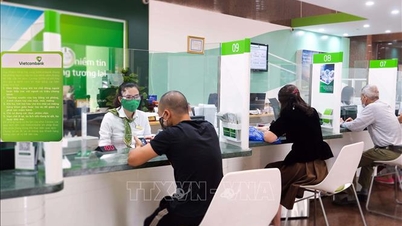







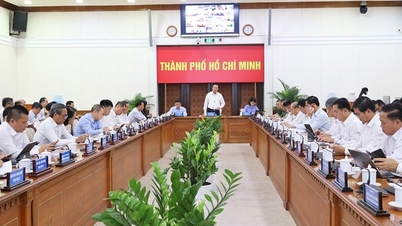






















![[Photo] Panorama of the Patriotic Emulation Congress of Nhan Dan Newspaper for the period 2025-2030](https://vphoto.vietnam.vn/thumb/1200x675/vietnam/resource/IMAGE/2025/11/04/1762252775462_ndo_br_dhthiduayeuncbaond-6125-jpg.webp)













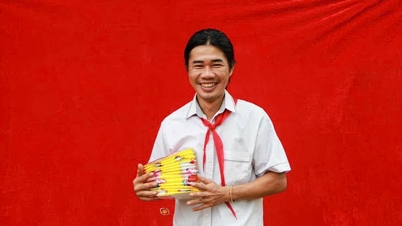


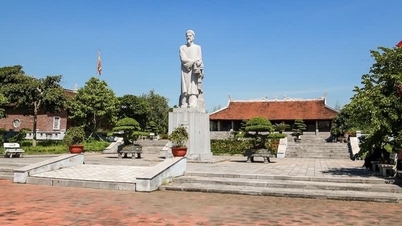



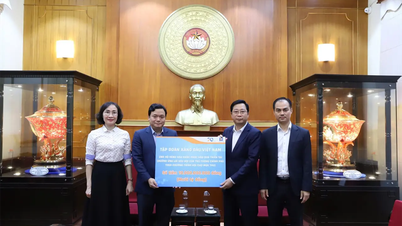

























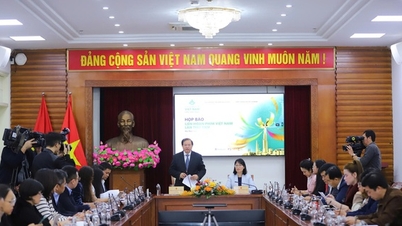



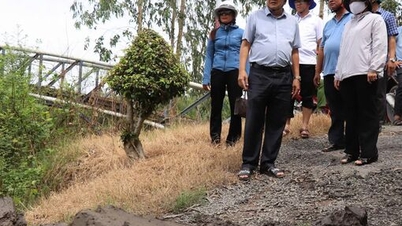

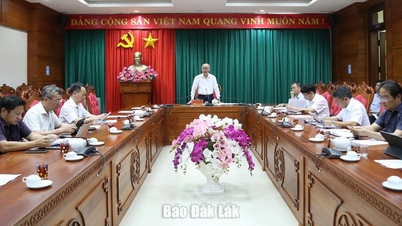




















Comment (0)